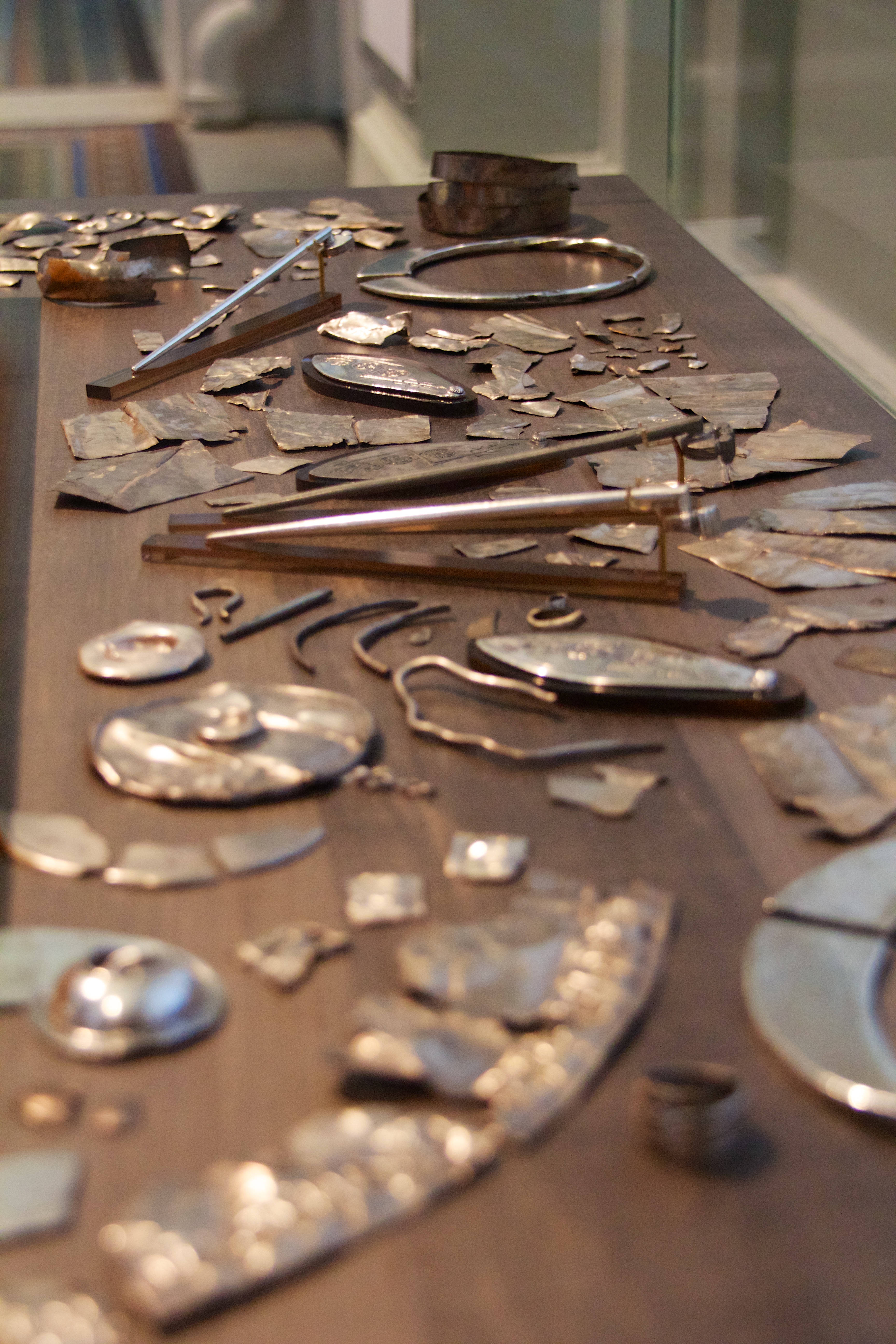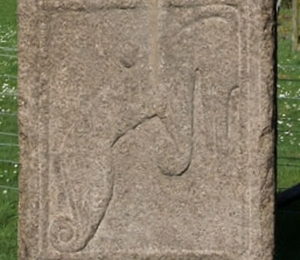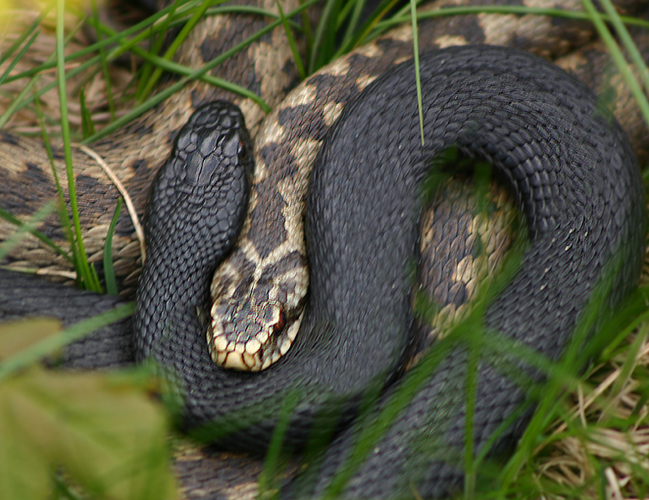|
Pictish Stone
A Pictish stone is a type of monumental stele, generally carved or incised with symbols or designs. A few have ogham inscriptions. Located in Scotland, mostly north of the Clyde-Forth line and on the Eastern side of the country, these stones are the most visible remaining evidence of the Picts and are thought to date from the 6th to 9th century, a period during which the Picts became Christianized. The earlier stones have no parallels from the rest of the British Isles, but the later forms are variations within a wider Insular tradition of monumental stones such as high crosses. About 350 objects classified as Pictish stones have survived, the earlier examples of which holding by far the greatest number of surviving examples of the mysterious symbols, which have long intrigued scholars. ... [...More Info...] [...Related Items...] OR: [Wikipedia] [Google] [Baidu] |
Ideogram
An ideogram or ideograph (from Greek "idea" and "to write") is a graphic symbol that represents an idea or concept, independent of any particular language, and specific words or phrases. Some ideograms are comprehensible only by familiarity with prior convention; others convey their meaning through pictorial resemblance to a physical object, and thus may also be referred to as ''pictograms''. The numerals and mathematical symbols are ideograms – 1 'one', 2 'two', + 'plus', = 'equals', and so on (compare the section "Mathematics" below). In English, the ampersand & is used for 'and' and (as in many languages) for Latin ' (as in &c for '), % for ' percent' ('per cent'), # for 'number' (or 'pound', among other meanings), § for 'section', $ for 'dollar', € for 'euro', £ for 'pound', ° for 'degree', @ for 'at', and so on. The reason they are ideograms rather than logograms is that they do not denote fixed morphemes: they can be read in many different languages, not just ... [...More Info...] [...Related Items...] OR: [Wikipedia] [Google] [Baidu] |
Whitecleuch Chain
The Whitecleuch Chain is a large Picts, Pictish silver chain that was found in Whitecleuch, Lanarkshire, Scotland in 1869. A high status piece, it is likely to have been worn as a choker neck ornament for ceremonial purposes. It dates from around 400 to 800 AD. The chain is one of ten certain examples of this type, and is on display at the Museum of Scotland in Edinburgh. Description Weighing 1.8 kg and measuring approximately 50 cm in length, the chain consists of 44 silver rings interlinked into 22 pairs. According to Clark, the chain originally had 23 pairs of rings, but was damaged subsequent to its discovery. The paired ring chain is joined by a large Penannular ring, penannular piece with expanded flanges. The penannular ring bears Pictish stone#Purpose and meaning, Pictish symbols of the sort typically found on Class I and II Pictish stones, Pictish standing stones. On one side of the opening in the ring, there is a zigzag pattern and a Double disc (Pictish symb ... [...More Info...] [...Related Items...] OR: [Wikipedia] [Google] [Baidu] |
Fife
Fife (, ; gd, Fìobha, ; sco, Fife) is a council area, historic county, registration county and lieutenancy area of Scotland. It is situated between the Firth of Tay and the Firth of Forth, with inland boundaries with Perth and Kinross (i.e. the historic counties of Perthshire and Kinross-shire) and Clackmannanshire. By custom it is widely held to have been one of the major Pictish kingdoms, known as ''Fib'', and is still commonly known as the Kingdom of Fife within Scotland. A person from Fife is known as a ''Fifer''. In older documents the county was very occasionally known by the anglicisation Fifeshire. Fife is Scotland's third largest local authority area by population. It has a resident population of just under 367,000, over a third of whom live in the three principal towns, Dunfermline, Kirkcaldy and Glenrothes. The historic town of St Andrews is located on the northeast coast of Fife. It is well known for the University of St Andrews, the most ancient univers ... [...More Info...] [...Related Items...] OR: [Wikipedia] [Google] [Baidu] |
Norrie's Law
Norrie's Law hoard is a sixth century silver hoard discovered in 1819 at a small mound in Largo, Fife, Scotland. Found by an unknown person or persons, most of the hoard was illegally sold or given away. Remaining items of the hoard were found later at the mound, and were turned over to the landowner, General Philip Durham. The surviving 170-piece hoard now is in the National Museum of Scotland. The treasure consists mostly of hacksilver and includes four complete silver pieces. Description Norrie's Law hoard is one of the largest Pictish hoards ever to be found. The hoard originally contained of late Roman and Pictish silver. Less than of the hoard remains. Consisting of 170 pieces of primarily hacksilver, the treasure also contains complete silver metalwork, including a penanular brooch, a leaf-shaped oval plaque with Pictish symbols, a large hand-pin, and a worn spiral finger-ring. Incomplete items include part of a Roman spoon, pieces of silver sheet from a plate and i ... [...More Info...] [...Related Items...] OR: [Wikipedia] [Google] [Baidu] |
Kincraig
Kincraig ( gd, Ceann na Creige) is a village located north of Kingussie and south of Aviemore in Highland, Scotland. Its original name was Boat of Inch, reflecting the ferry boat crossing of the Spey River that once operated here. The name was changed after a single track bridge was erected around 1871. The village lies at the side of the former A9 road, the B9152, and close to the current A9 dual carriageway. It is close to Loch Insh Loch Insh is a loch in Highlands region, Scotland. It is situated in the heart of Badenoch and Strathspey, seven miles south of Aviemore and seven miles north of Kingussie. The nearest village to the loch is Kincraig. The loch is a location fo ... which is fed from and drains into the river Spey. It has a pub and village hall but Kincraig Stores and Post Office which traded continuously for 120 years closed in July 2016. It was reopened in June 2019 as 'Old Post Office Cafe Gallery'. The main Perth to Inverness railway passes through, althoug ... [...More Info...] [...Related Items...] OR: [Wikipedia] [Google] [Baidu] |
Grantown-on-Spey
Grantown-on-Spey ( gd, Baile nan Granndach) is a town in the Highland Council Area, Counties of Scotland, historically within the county of Moray. It is located on a low plateau at Freuchie beside the river Spey at the northern edge of the Cairngorms, Cairngorm mountains, about south-east of Inverness ( by road). The town was founded in 1765 as a New town, planned settlement and was originally called simply Grantown after Sir James Grant, 8th Baronet, Sir James Grant. The addition 'on Spey' was added by the burgh council in 1898. The town has several listed 18th and 19th century buildings, including several large hotels and serves as a regional centre for tourism and services in the Strathspey, Scotland, Strathspey region. The town is twinned with Notre-Dame-de-Monts in the Vendée, Pays de la Loire, France. History The burgh was founded in 1765 during the early stages of the Industrial Revolution to encourage both agricultural marketing and handicrafts, as well as to increa ... [...More Info...] [...Related Items...] OR: [Wikipedia] [Google] [Baidu] |
Mon (emblem)
, also , , and , are Japanese emblems used to decorate and identify an individual, a family, or (more recently) an institution or business entity. While is an encompassing term that may refer to any such device, and refer specifically to emblems used to identify a family. An authoritative reference compiles Japan's 241 general categories of based on structural resemblance (a single may belong to multiple categories), with 5,116 distinct individual . However, it is well-acknowledged that there exist a number of lost or obscure . The devices are similar to the badges and coats of arms in European heraldic tradition, which likewise are used to identify individuals and families. are often referred to as crests in Western literature, the crest being a European heraldic device similar to the in function. History may have originated as fabric patterns to be used on clothes in order to distinguish individuals or signify membership of a specific clan or organization. By the 1 ... [...More Info...] [...Related Items...] OR: [Wikipedia] [Google] [Baidu] |
Sea Monster
Sea monsters are beings from folklore believed to dwell in the sea and often imagined to be of immense size. Marine monsters can take many forms, including sea dragons, sea serpents, or tentacled beasts. They can be slimy and scaly and are often pictured threatening ships or spouting jets of water. The definition of a "monster" is subjective; further, some sea monsters may have been based on scientifically accepted creatures, such as whales and types of giant and colossal squid. Sightings and legends Sea monster accounts are found in virtually all cultures that have contact with the sea. For example, Avienius relates of Carthaginian explorer Himilco's voyage "...there monsters of the deep, and beasts swim amid the slow and sluggishly crawling ships." (lines 117–29 of ''Ora Maritima''). Sir Humphrey Gilbert claimed to have encountered a lion-like monster with "glaring eyes" on his return voyage after formally claiming St. John's, Newfoundland (1583) for England. Another ac ... [...More Info...] [...Related Items...] OR: [Wikipedia] [Google] [Baidu] |
Pictish Beast
The Pictish Beast (sometimes Pictish Dragon or Pictish Elephant) is an artistic representation of an animal depicted on Pictish symbol stones. Design The Pictish Beast is not easily identifiable with any real animal, but resembles a seahorse, especially when depicted upright. Suggestions have included a dolphin, a kelpie (or ''each uisge''), and even the Loch Ness Monster. Recent thinking is that the Pictish Beast might be related to the design of dragonesque brooches, which were S-shaped pieces of jewelry, made from the mid-1st to the 2nd century CE, that depict double-headed animals with swirled snouts and distinctive ears. These have been found in southern Scotland and northern England. The strongest evidence for this is the presence on the Mortlach 2 stone of a symbol very similar to such a brooch, next to and in the same alignment as a Pictish Beast. The Pictish Beast accounts for about 40% of all Pictish animal depictions, and so was likely of great importance. The Pi ... [...More Info...] [...Related Items...] OR: [Wikipedia] [Google] [Baidu] |
Vipera Berus
''Vipera berus'', the common European adderMallow D, Ludwig D, Nilson G. (2003). ''True Vipers: Natural History and Toxinology of Old World Vipers''. Malabar, Florida: Krieger Publishing Company. . or common European viper,Stidworthy J. (1974). ''Snakes of the World''. New York: Grosset & Dunlap Inc. 160 pp. . is a venomous snake that is extremely widespread and can be found throughout most of central and eastern Europe and as far as East Asia. Known by a host of common names including common adder and common viper, adders have been the subject of much folklore in Britain and other European countries. They are not regarded as especially dangerous; the snake is not aggressive and usually bites only when really provoked, stepped on, or picked up. Bites can be very painful, but are seldom fatal. The specific name, ''berus'', is New Latin and was at one time used to refer to a snake, possibly the grass snake, ''Natrix natrix''.Gotch AF. (1986). ''Reptiles: Their Latin Names Explaine ... [...More Info...] [...Related Items...] OR: [Wikipedia] [Google] [Baidu] |
Triple Disc (Pictish Symbol)
The triple disc is a Pictish symbol of unknown meaning, that is found on Class I and Class II Pictish stones. The symbol is found in various combinations with other symbols, notably with the crescent and v-rod. The symbol is constructed from a larger central circle flanked with two smaller circles on either side. It is sometimes shown with a "bar" bisecting all three circles. Gallery File:Aberlemno Churchyard Cross Slab 20090616.jpg, Aberlemno 2 rear face Image:Glamis Stone front.jpg, Glamis Manse Stone The Glamis Manse Stone, also known as Glamis 2, is a Class II Pictish stone at the village of Glamis, Angus, Scotland. Dating from the 9th century, it is located outside the Manse, close to the parish church. It is inscribed on one side with a Ce ... References {{reflist Symbols on Pictish stones ... [...More Info...] [...Related Items...] OR: [Wikipedia] [Google] [Baidu] |

_2088.jpg)






